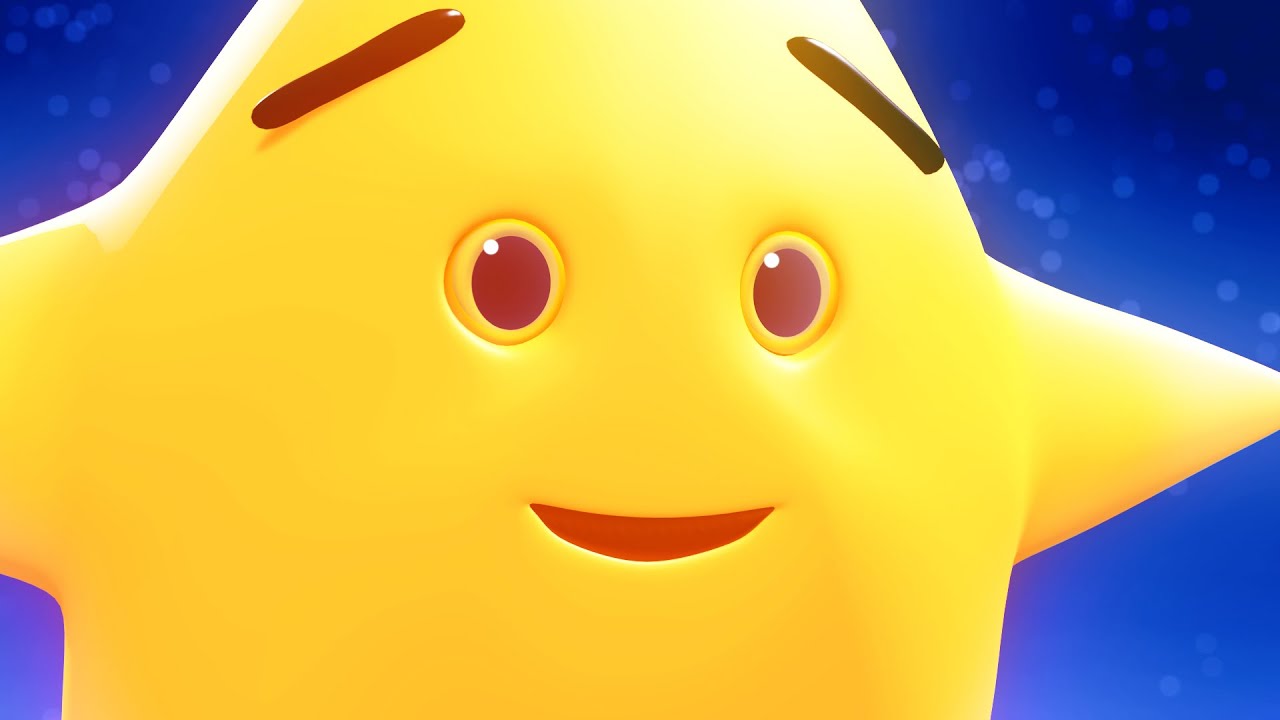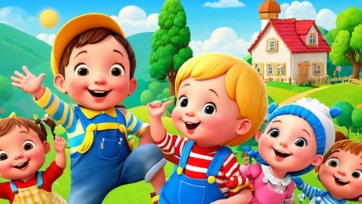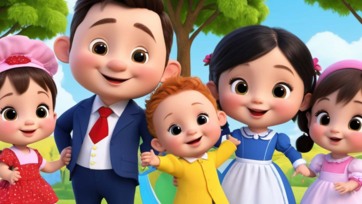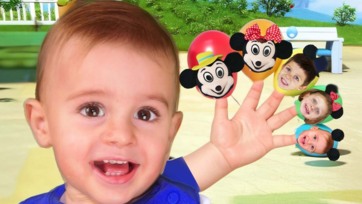The History of the "Clap Your Hands" Nursery Rhyme
"Clap Your Hands" is a beloved nursery rhyme that has brought joy to children worldwide for generations. This simple yet cheerful song aims to get kids moving and learning in a fun way. Here’s a look at the history and significance of "Clap Your Hands.
" *Origin and History* The roots of "Clap Your Hands" lie in the tradition of Anglo-Saxon children's games and songs. While its exact origin is unknown, the song’s simplicity and universal message have allowed it to spread across various cultures quickly. The main message of the song is for children to play together and bring joy to one another while learning basic movements and rhythm.
*Lyrics and Movements* The lyrics of "Clap Your Hands" are simple and easy to follow:
Clap your hands, clap your hands,Listen to the music and clap your hands.Stamp your feet, stamp your feet,
Listen to the music and stamp your feet.
The simplicity of the lyrics makes it easy for the youngest children to memorize and follow the instructions. The rhythmic movements of clapping hands and stamping feet not only entertain the kids but also help develop their motor skills.
*Significance of the Song* "Clap Your Hands" plays a special role in children's development. Such nursery rhymes are essential for the following reasons:
1. *Motor Skills Development*: The movements involved, like clapping hands and stamping feet, promote the coordination of fine and gross motor skills.
2. *Rhythmic Sense Development*: Combining music and movement helps children learn to sense and follow rhythm.
3. *Social Skills Development*: Singing and moving together encourages teamwork and cooperation among children.
4. *Language Skills Development*: Repeating simple lyrics helps expand vocabulary and develop language skills.
*Modern Adaptations* In recent years, there have been numerous modern adaptations of "Clap Your Hands." On online platforms like YouTube, countless versions are available, featuring different animations and musical styles. These adaptations not only entertain children but also allow the song to gain popularity in various cultures. Thus, the "Clap Your Hands" nursery rhyme remains a timeless classic, playing an important role in educating and entertaining children. This song not only brings joy but also aids in children's development, teaching them the importance of rhythm, movement, and community experience.





